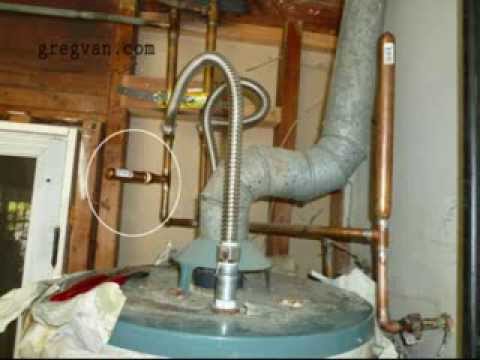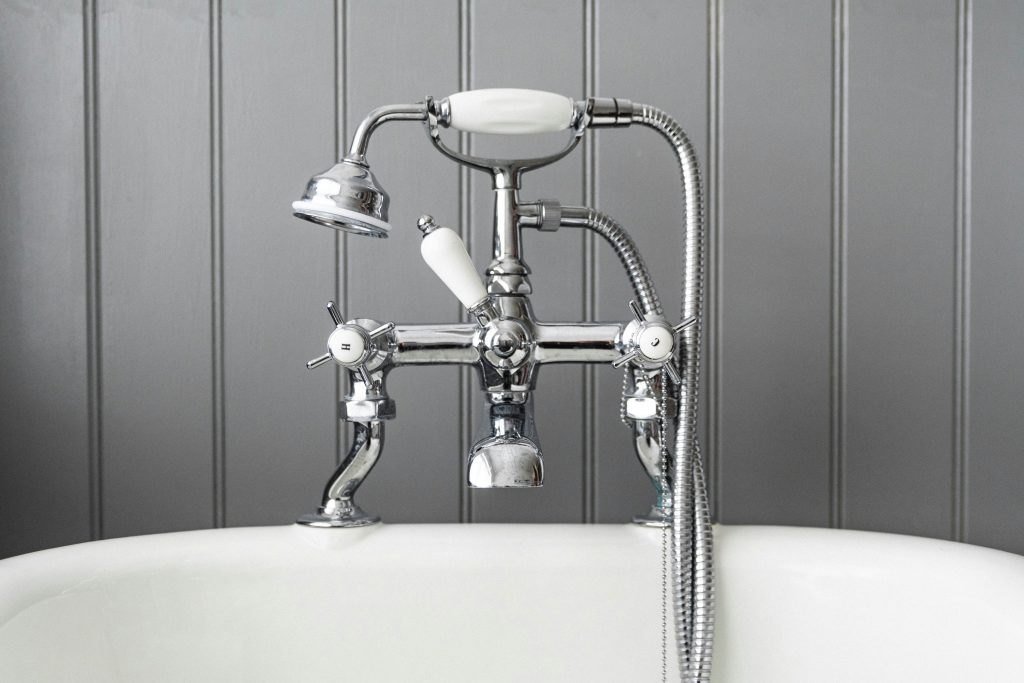If you’ve ever experienced the irritating banging or popping noises in your water pipes when you shut off a faucet, then this article is for you. In this video by gregvancom, he shares three tips to reduce water pipe hammering. He begins by installing an air chamber, which reduces the noise by about 20%. Next, he tries adding a water hammer arrestor, but it doesn’t seem to make much of a difference. Finally, he discovers that installing a pressure relief valve after the water meter significantly solves the problem, reducing the noise by about 70%. However, it also reduces the water pressure to the house by about 25%.
In his persistent quest for a solution, gregvancom is still looking for more ways to eliminate this annoying problem. He promises to report any new discoveries and encourages plumbers or anyone with expertise to share their advice. Overall, if you have water hammering pipes throughout your home, it’s recommended to install a pressure regulator, especially if you have multiple noisy pipes.
Three Tips to Reduce Noisy Water Pipe Hammering

Introduction
In this article, we will explore three effective tips to reduce noisy water pipe hammering. Water hammering occurs when you shut off a faucet and hear a loud banging noise from the pipes. It can be quite annoying and concerning, but there are solutions available to mitigate this issue. We will discuss the installation and effectiveness of an air chamber, a water hammer arrestor, and a pressure relief valve. By implementing these tips, you can significantly reduce the noise caused by water hammering and enjoy a quieter plumbing system.
Tip 1: Install an Air Chamber
Explanation of Water Hammering Noise
Water hammering noise is produced when the flow of water in the pipes suddenly stops due to the closure of a valve, causing a pressure surge. This surge creates vibrations in the pipes, resulting in the banging noise commonly associated with water hammering.
Description of Air Chamber
An air chamber is a vertical pipe that is installed in the plumbing system to act as a cushion. It provides a space for the water to compress and absorb the pressure surge, preventing it from creating destructive vibrations and noise.
Installation Process
To install an air chamber, you will need to identify the appropriate location in your plumbing system. It is typically installed near the area where the water hammering noise occurs, such as under a sink or near a washing machine. The air chamber should be positioned vertically and have a sufficient length to allow for proper cushioning.
To install the air chamber, you will need to cut and solder the necessary pipes. It is recommended to consult a professional plumber if you are not familiar with plumbing work. They can ensure the installation is done correctly and according to local building codes.
Effectiveness and Results
Installing an air chamber can significantly reduce the noise caused by water hammering. It provides a buffer zone for the water to dissipate the pressure surge, preventing the pipes from vibrating and creating loud noises. While the effectiveness may vary depending on the specific plumbing system, an air chamber generally reduces the noise by around 20%.

Tip 2: Add a Water Hammer Arrestor
Description of Water Hammer Arrestor
A water hammer arrestor is another device designed to reduce water hammering noise. It consists of a sealed chamber with a piston or diaphragm that absorbs the pressure surge, acting as a shock absorber. The piston or diaphragm moves to cushion the water and prevent vibrations and noise.
How it Functions as a Shock Absorber
When a valve is closed, the sudden stop of water flow generates a pressure surge. The water hammer arrestor absorbs this surge by allowing the piston or diaphragm to move. The movement of the piston or diaphragm cushions the water, preventing vibrations and noise from occurring.
Proper Placement and Installation
To effectively reduce water hammering noise, the water hammer arrestor should be placed near the source of the noise, just like the air chamber. It is commonly installed at points where the water supply enters appliances like washing machines or dishwashers.
The installation process involves cutting the pipes and attaching the water hammer arrestor at the desired location. Again, it is advisable to consult a professional plumber for proper installation to ensure optimal performance.
Comparison of Effectiveness to Air Chamber
While the water hammer arrestor may provide additional noise reduction, its effectiveness can vary depending on the specific plumbing system and the location of installation. In the case outlined by the video, the water hammer arrestor reduced the noise by approximately 10-20%, but it may not be as effective as an air chamber. It is recommended to consider both options and consult a plumber for personalized advice.

Tip 3: Install a Pressure Relief Valve
Purpose of Pressure Relief Valve
A pressure relief valve is designed to regulate and control the water pressure in your plumbing system. By maintaining a stable pressure, it helps to prevent water hammering and the associated noise. It is an effective solution for reducing water hammering in your entire plumbing system.
Location of Installation
The pressure relief valve is typically installed after the water meter, allowing it to regulate the water pressure for the entire house. It can be positioned between the water meter and the point where the water enters your home. The installation process generally involves cutting and connecting the appropriate pipes, which is best done by a professional plumber.
Benefits and Drawbacks
Installing a pressure relief valve offers several benefits. It not only reduces water hammering noise but also helps to protect your plumbing system from excessive pressure, which can lead to leaks and other issues. However, it is essential to be aware that reducing the water pressure to mitigate the noise may result in slightly reduced water flow in certain areas.
Effectiveness in Reducing Water Hammering
Based on the video’s results, the pressure relief valve proved to be the most effective solution, reducing the noise by approximately 70%. Although it may cause a slight decrease in water pressure, it provided significant noise reduction and overall improved plumbing system stability.

Recap of Tried Solutions
In the video, the following solutions were explored to reduce water hammering noise:
Experimenting with Reducing 90-Degree Bends
Removing some of the 90-degree bends in the plumbing system did not have a substantial impact on reducing water hammering noise. While there may have been a small decrease in noise, it was not significant.
Eliminating Air Chamber and Water Hammer Arrestor
After removing the air chamber and water hammer arrestor, the noise persisted, indicating the importance of these devices in mitigating water hammering noise.
Recommendation of Pressure Regulator
The pressure relief valve, or pressure regulator, presented the best results, reducing the noise by approximately 70%. It is highly recommended to install a pressure relief valve to effectively minimize water hammering noise, especially if the issue occurs throughout the entire house.
Considerations for Installation
When considering any installation related to your plumbing system, it is crucial to consult a professional plumber. They can provide expert advice, ensure proper installation according to building codes, and consider any specific factors unique to your plumbing system.
Feedback Request from Plumbers
The video’s creator, a home builder, seeks additional input from plumbers to gather insights and suggestions on further solutions to reduce water hammering noise. If you have expertise in this field, your feedback would be greatly appreciated.

Conclusion
Water hammering noise caused by the sudden stop of water flow can be bothersome and concerning. However, there are effective solutions to reduce this noise and improve the overall performance of your plumbing system.
By installing an air chamber, water hammer arrestor, or pressure relief valve, you can significantly mitigate water hammering noise. While each solution offers varying degrees of effectiveness, the pressure relief valve emerged as the most successful in the video’s case, reducing the noise by around 70%.
Remember to consult a professional plumber before making any changes to your plumbing system. They can guide you through the installation process, ensure proper placement, and provide customized advice based on your specific situation. By implementing these tips, you can enjoy a quieter plumbing system and eliminate the annoying banging noises caused by water hammering.

